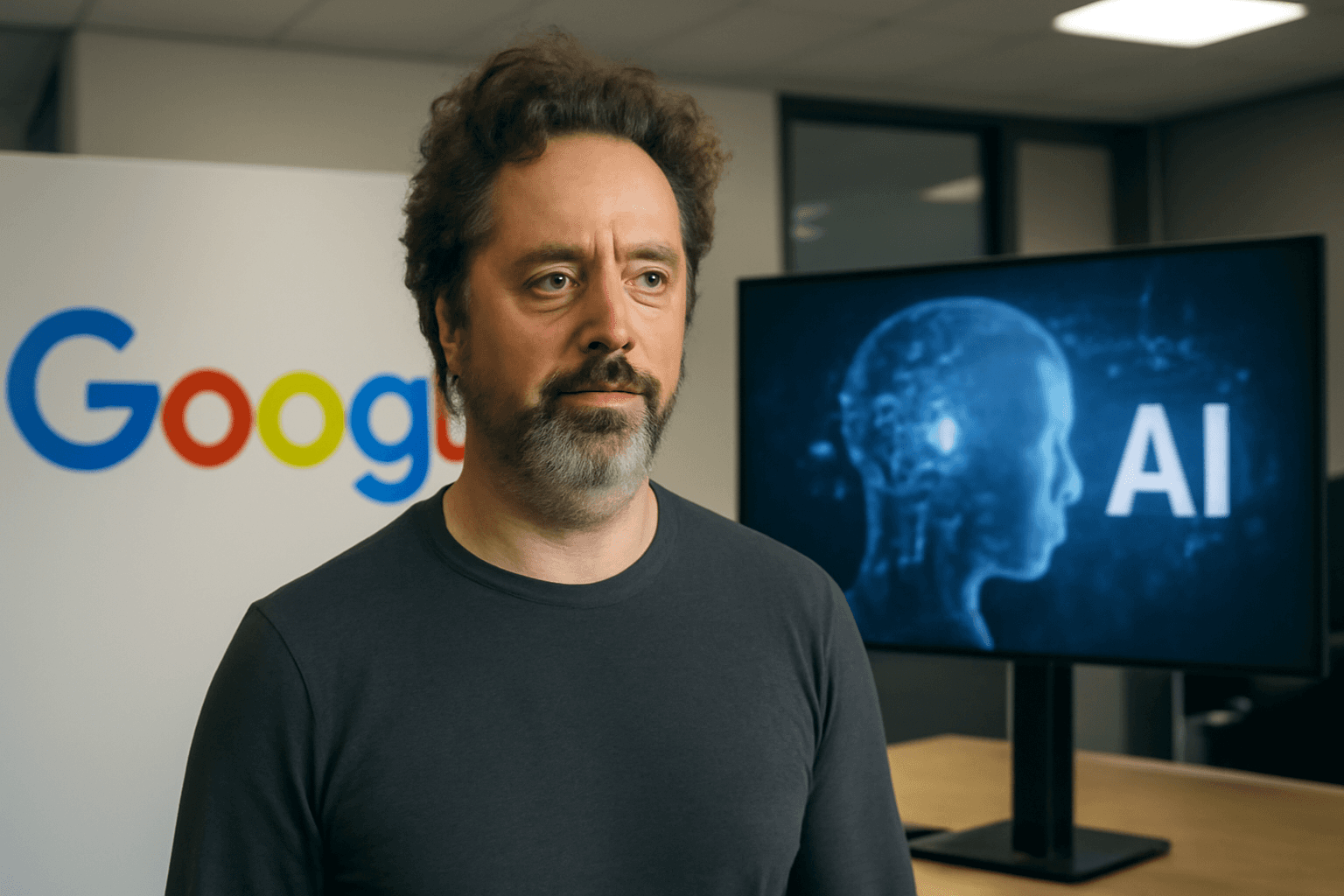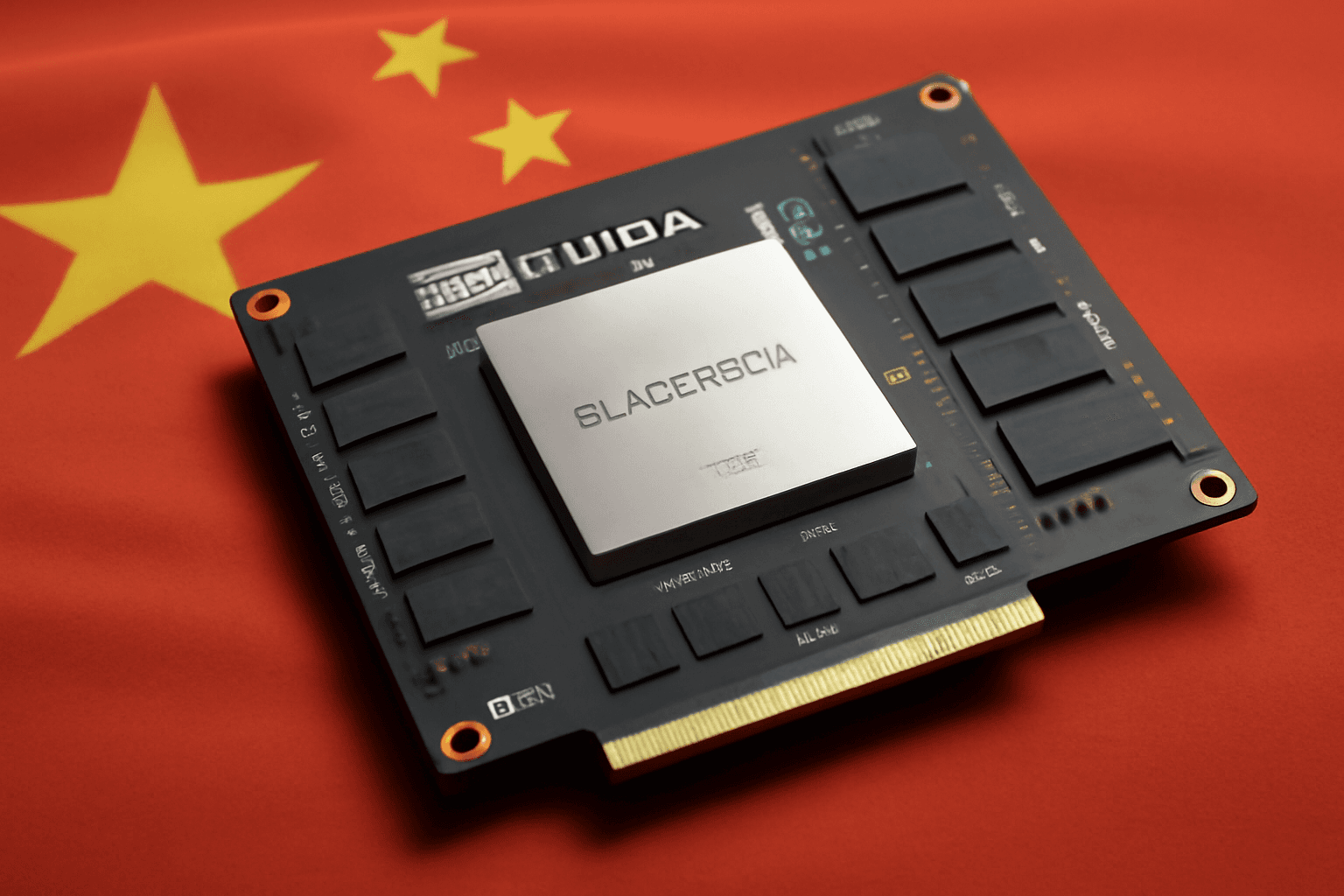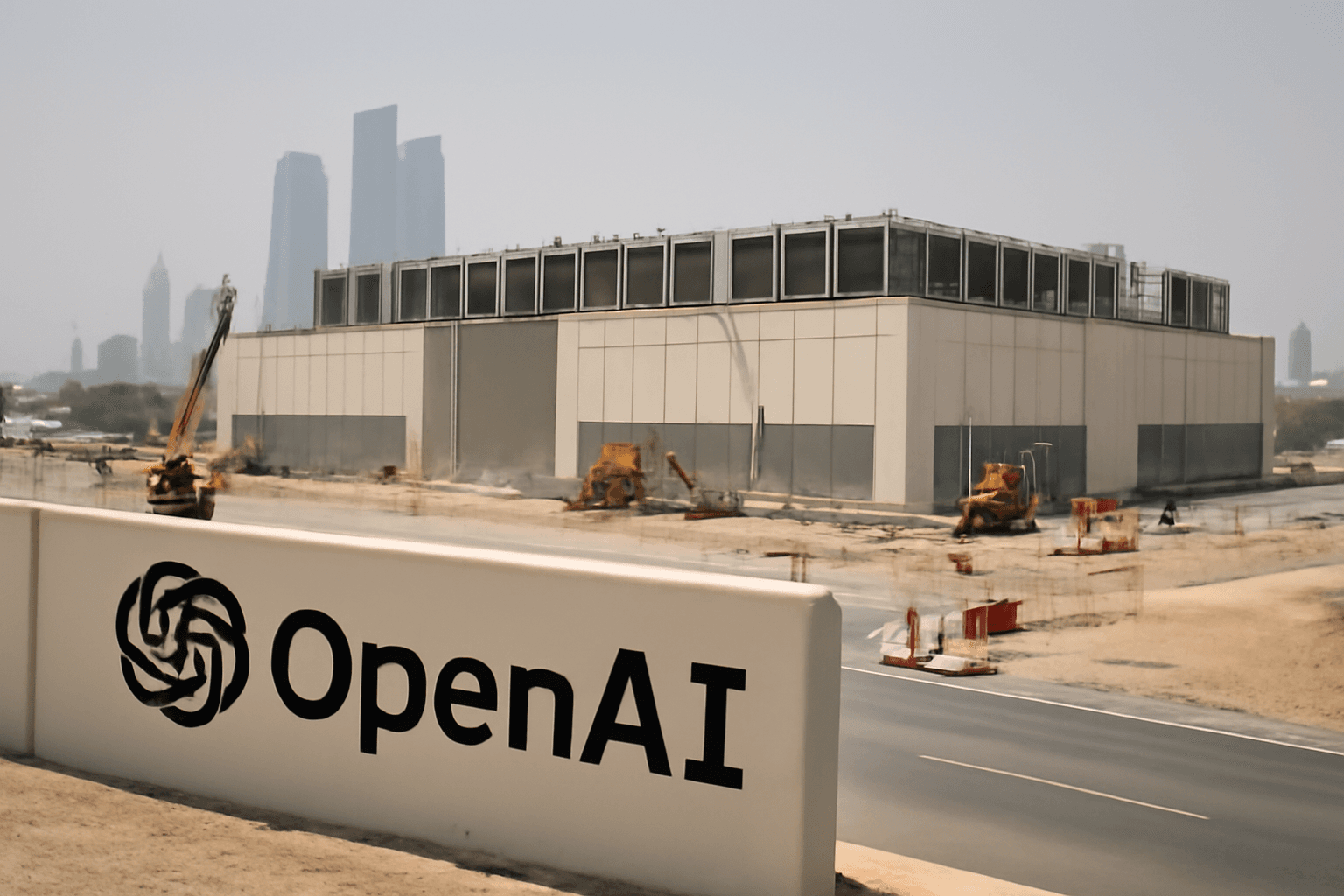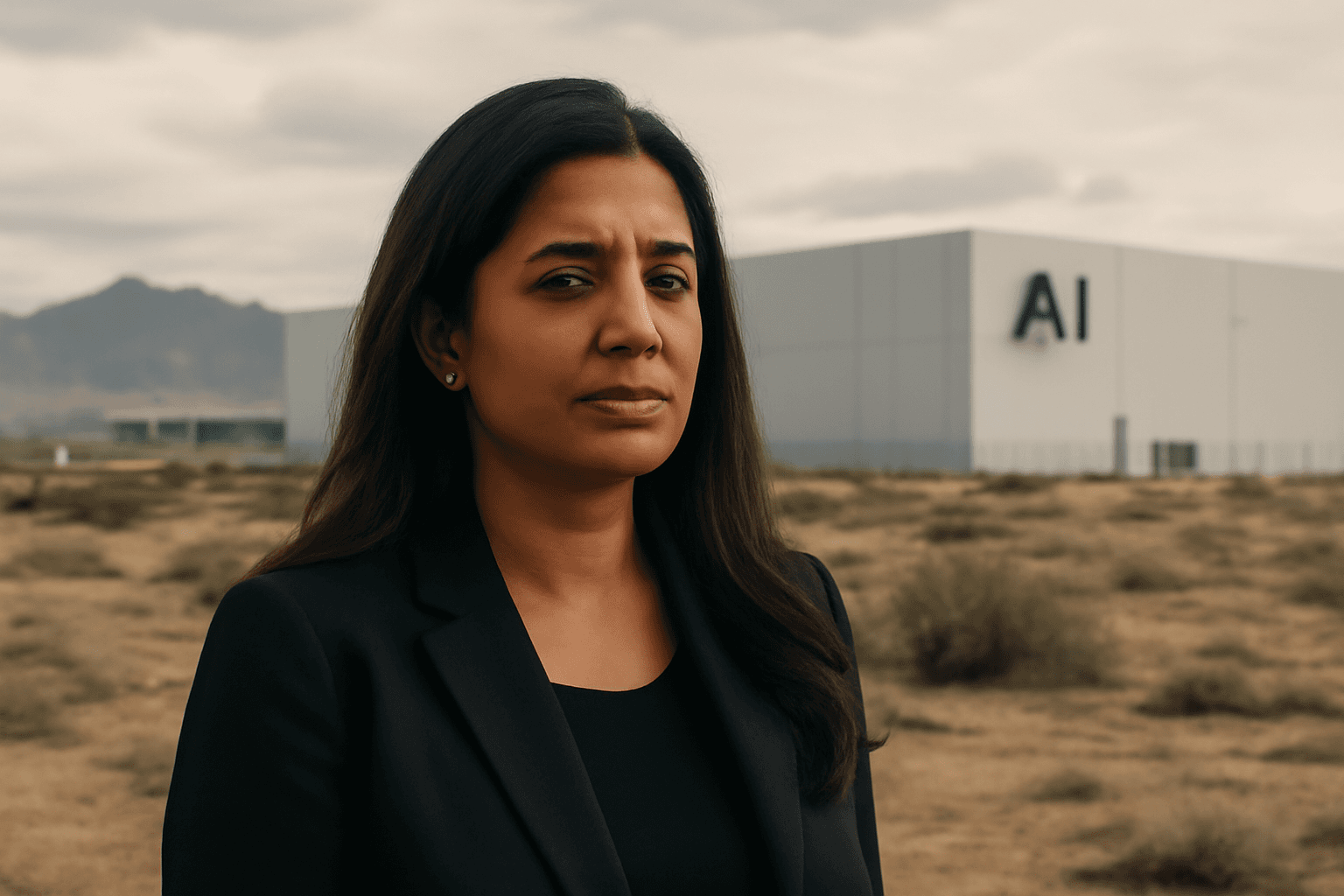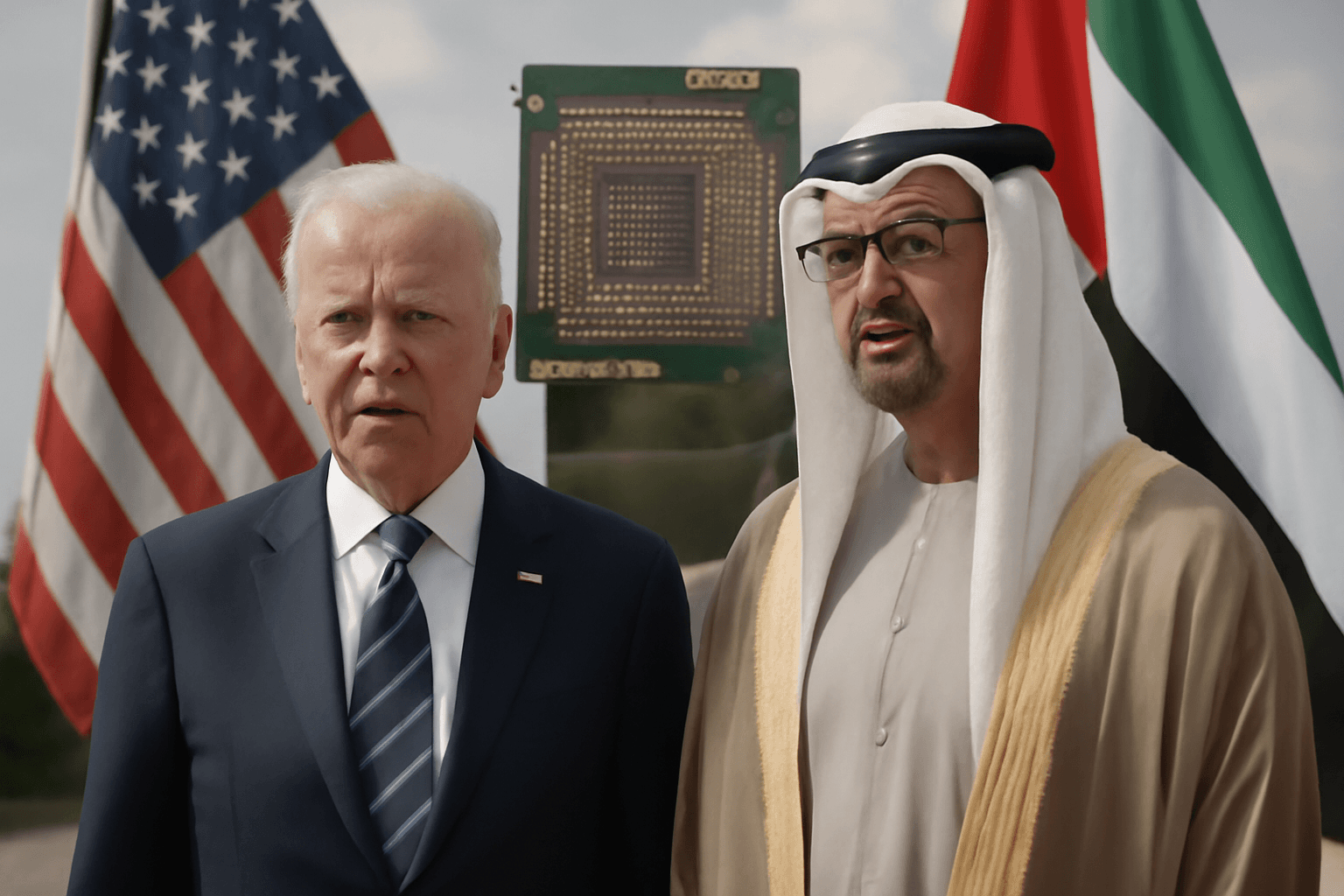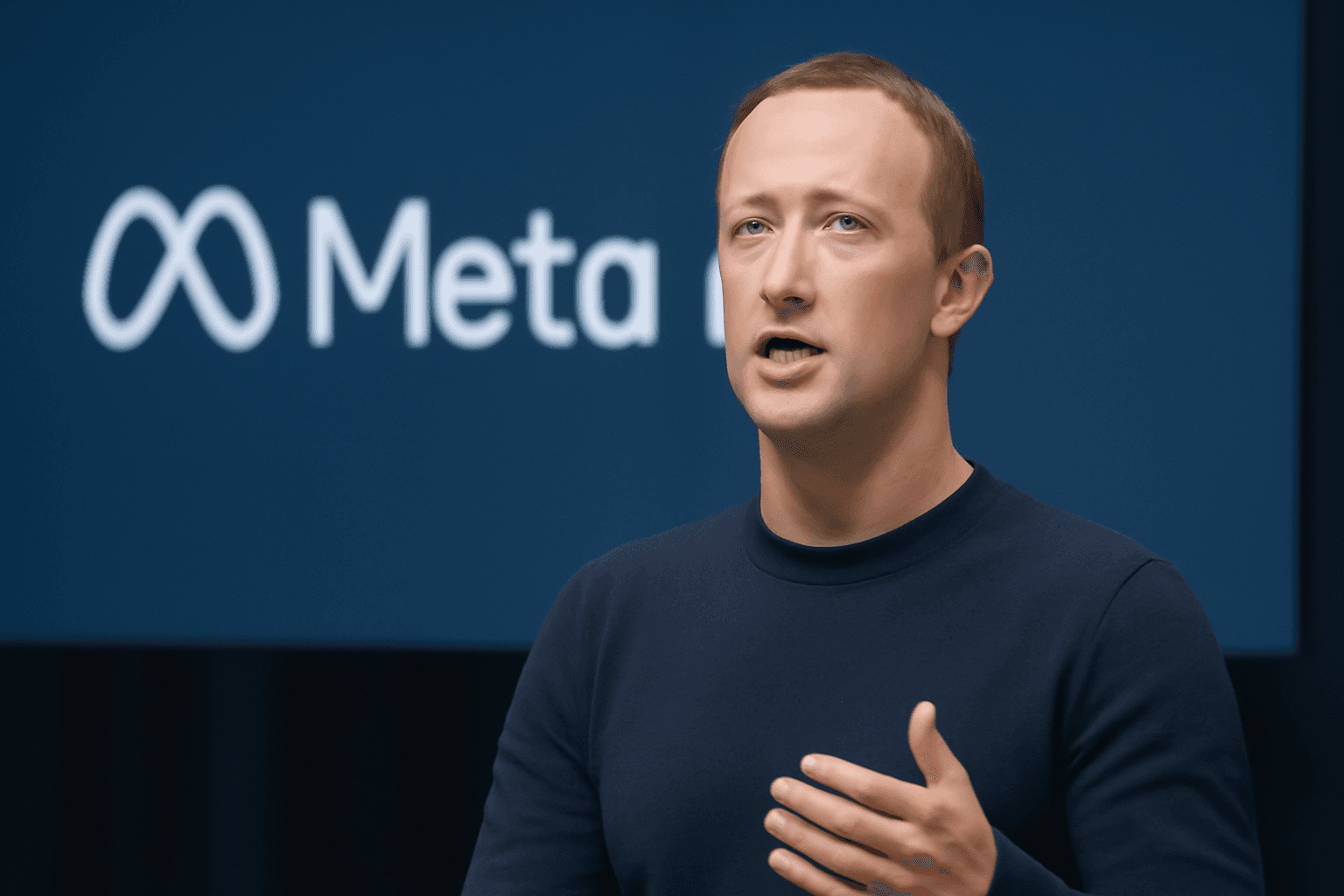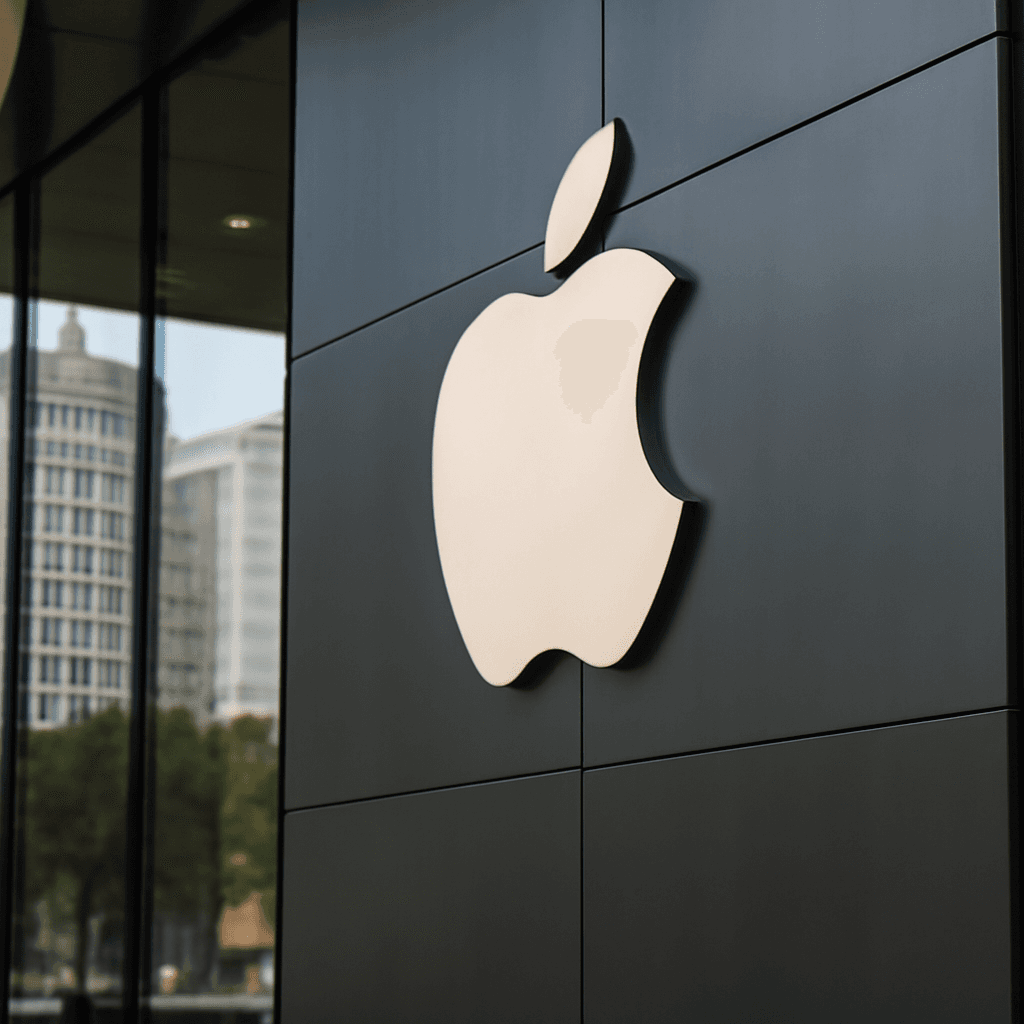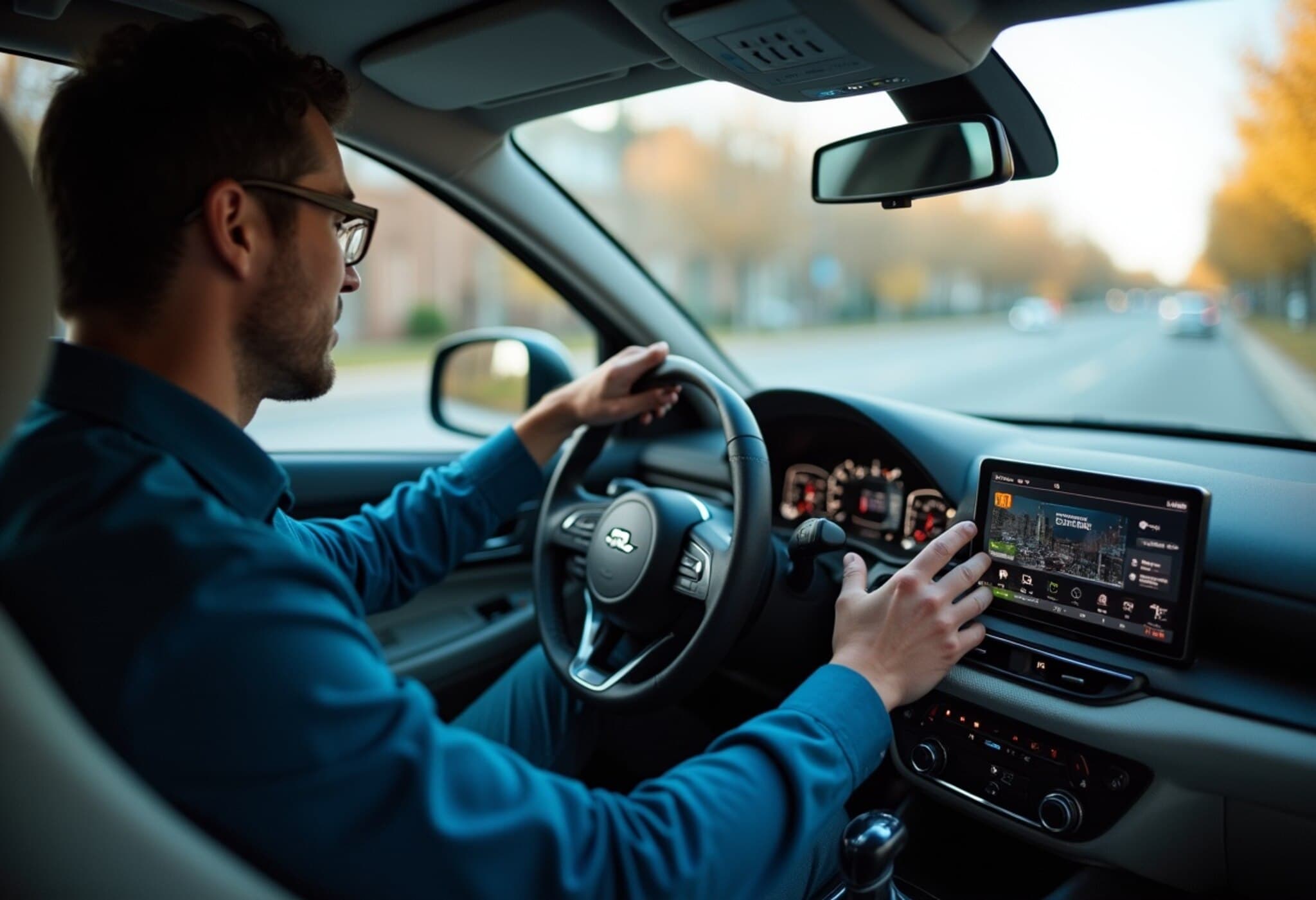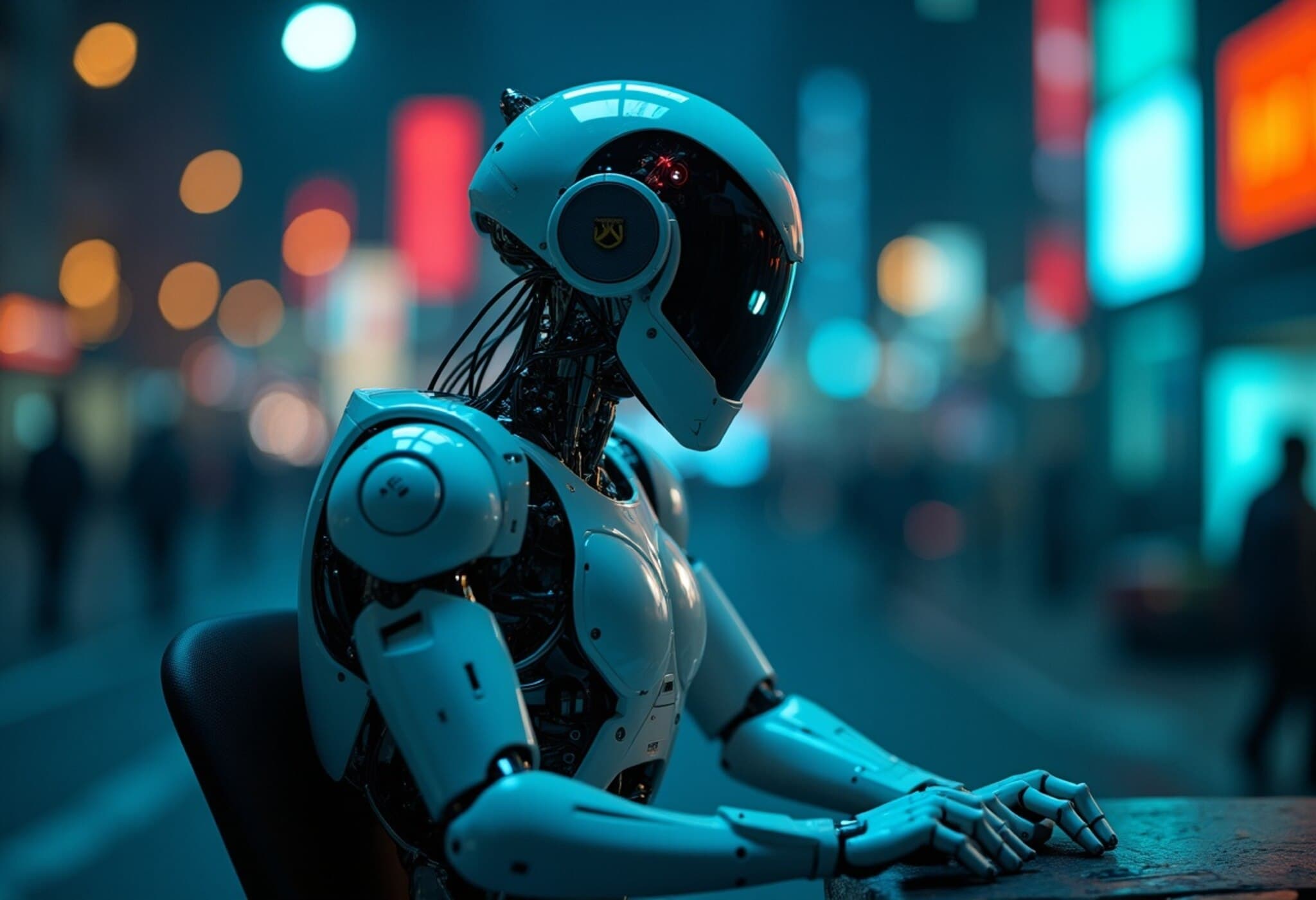Meta Introduces V-JEPA 2: A New AI World Model for Physical Reality
Meta has taken a bold step in artificial intelligence by launching V-JEPA 2, an advanced AI model designed to better grasp the three-dimensional physical world and the movement of objects within it. This new "world model" technology aims to elevate machine understanding to a more human-like level, empowering robots and autonomous vehicles to interpret and predict real-world dynamics more accurately.
How V-JEPA 2 Elevates Machine Perception
Unlike conventional AI systems that heavily rely on vast amounts of labeled data or endless video footage, V-JEPA 2 operates by reasoning within a simplified, internal "latent" space. This allows it to intuitively recognize that, for example, a ball rolling off a table will fall, or that an object obscured from view still exists rather than disappearing. By constructing an internal simulation of reality—akin to an abstract digital twin—the AI can anticipate the consequences of its actions and plan accordingly.
Practical Applications: From Delivery Robots to Self-Driving Cars
Meta envisions its V-JEPA 2 model as a game-changer for autonomous machines navigating physical environments in real time. Delivery robots and self-driving cars, in particular, stand to benefit from this enhanced perception capability because they require a sophisticated understanding of their surroundings to make safe, efficient decisions on the fly.
Meta’s chief AI scientist highlighted the distinction, noting, "Allowing machines to understand the physical world is very different from allowing them to understand language." This emphasis on physical-world reasoning marks an important departure from the prevailing focus on language-based AI.
The Growing Buzz Around AI World Models
World models like V-JEPA 2 have recently become a hot topic in AI research circles, especially as the community seeks to expand beyond language models that currently dominate generative AI applications. These models aim to simulate and predict realistic interactions within 3D environments, making them crucial for next-generation robotics and autonomous systems.
Notably, several other tech leaders are investing heavily in this arena:
- A startup founded by a prominent AI researcher raised $230 million to develop large-scale world models for physical understanding.
- Google’s DeepMind is working on its own world model called Genie, capable of real-time simulations in games and 3D environments.
Why Meta’s Move Matters
With fierce competition from AI giants and startups alike, Meta’s introduction of V-JEPA 2 signals a strategic push to regain technological momentum beyond social media. Integrating powerful world models into robotics and autonomous vehicles could redefine how machines learn, plan, and interact with the world—creating safer and smarter AI-driven tools for everyday life.
As the AI landscape shifts focus toward integrating physical and digital realities, Meta’s innovation with V-JEPA 2 represents a key milestone that could spark a new wave of advancements in robotics and autonomous navigation.


